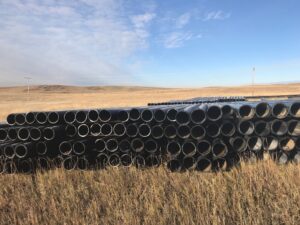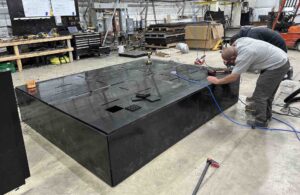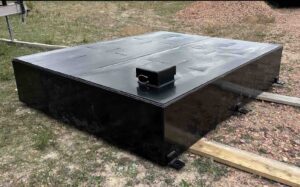The choice of a 50-year mark as a standard for determining the durability of pipes in standards such as AS/NZS, ISO, and CEN is often misinterpreted as an absolute lifespan. In fact, this is simply a starting point from which safety factors are applied to determine the design stress. The resilience of PE and PVC pipes against long-term pressure and environmental factors suggests that their practical lifetime could be unlimited, especially if they are properly manufactured, installed, and maintained.
Supporting the extended lifespan, studies by experts such as Prof Lars-Eric Janson and findings reported in documents such as the Polyethylene Pipeline Code (WSA01-2004), validate that with high-quality virgin PVC-U and PE resins, the practical service life of buried sewer pipes can reach or exceed 100 years. These findings apply to both pressure and non-pressure pipeline systems, emphasizing the robustness and durability of modern plastic pipes.






